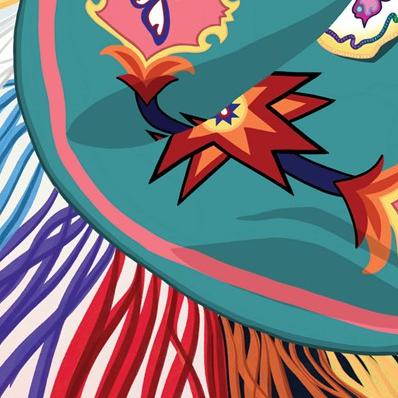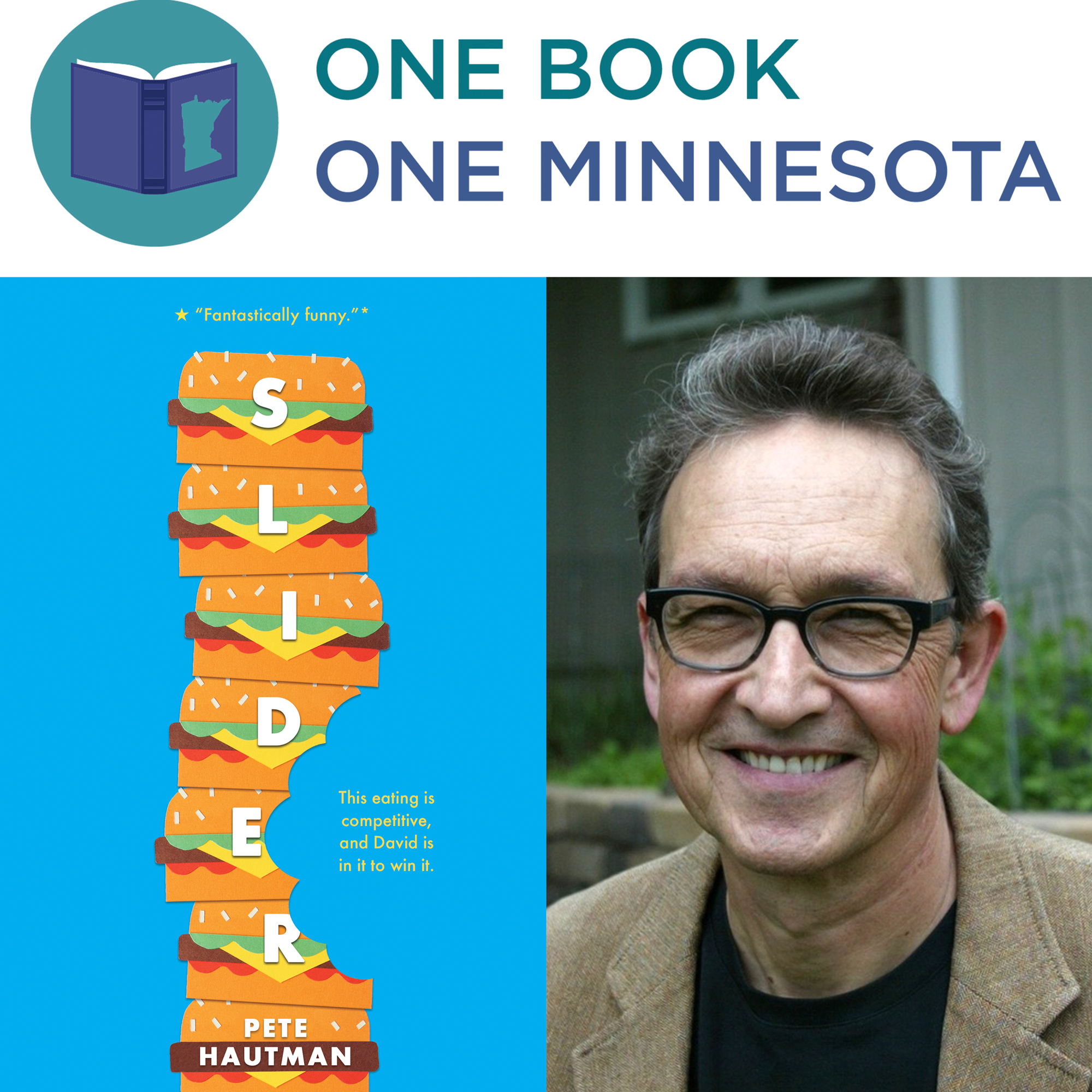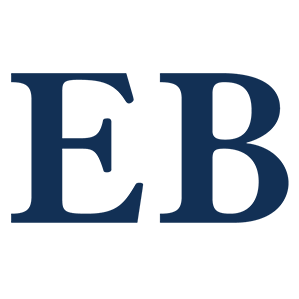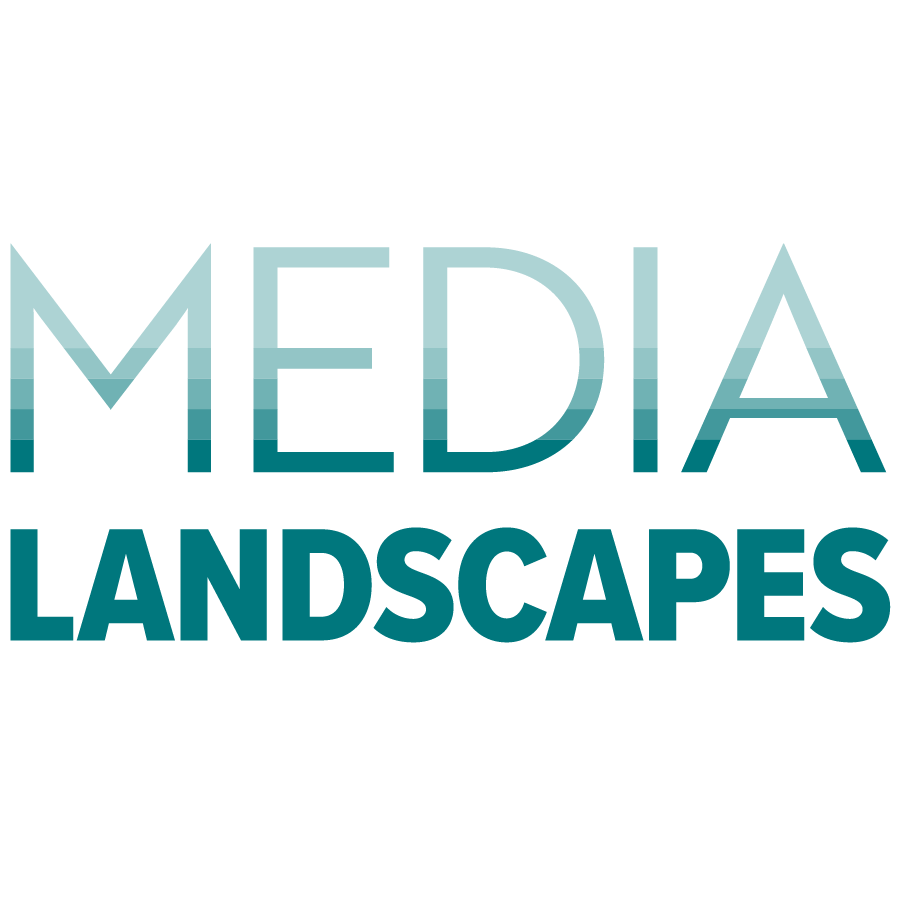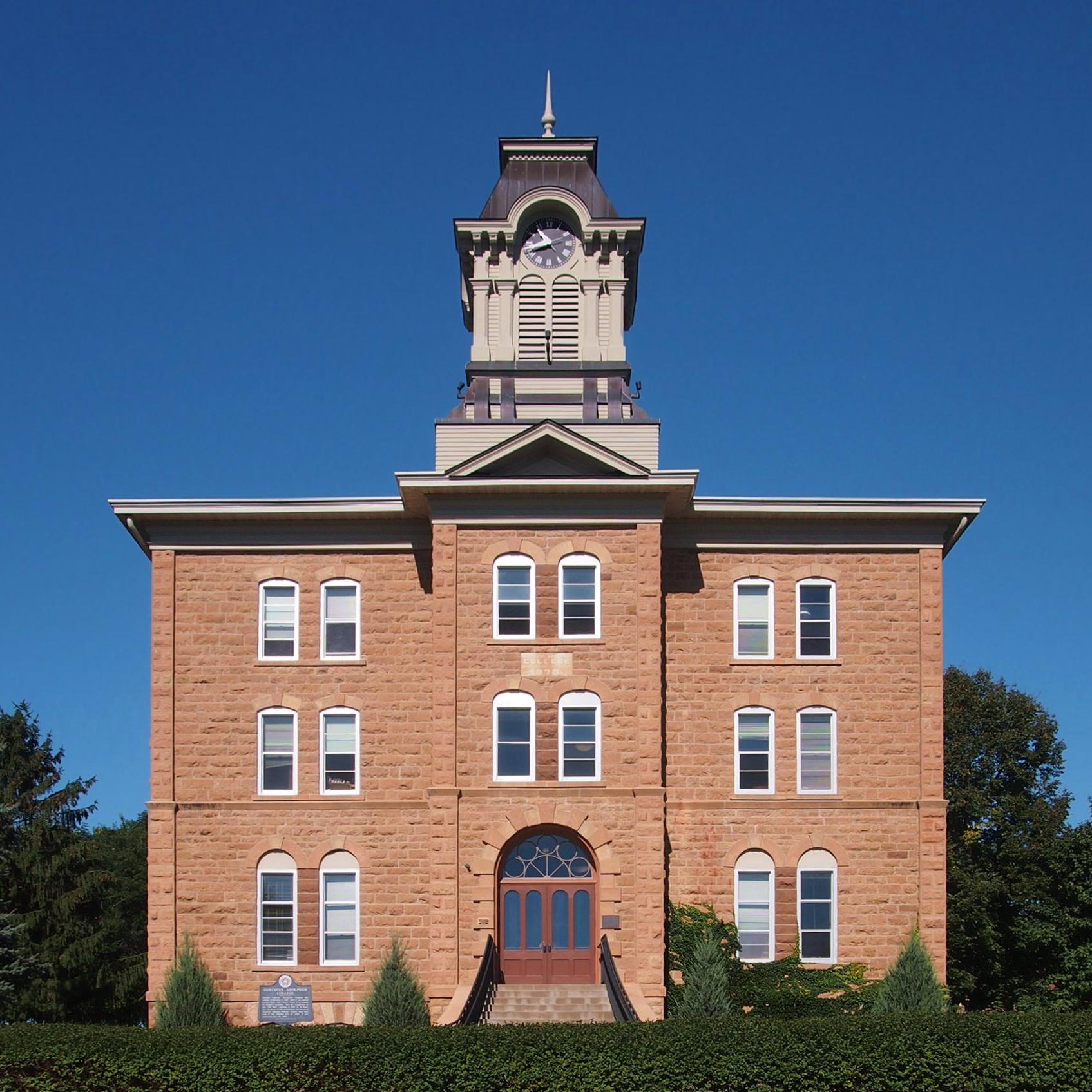Quick Summary
The Indigenous Representations newsletter is a collaboration between Fond du Lac Tribal and Community College, St. Cloud State University, the St. Kate’s Master of Library and Information Science program, the University of Minnesota Kerlan Collection, Birchbark Books, MDE State Library Services and the MDE Office of American Indian Education. This edition includes book and resource recommendations for use in the classroom or library.

Introduction to Indigenous Representations
Welcome to the first installment of the Indigenous Representations quarterly newsletter. In this newsletter, we will be sharing book and resource recommendations for use in your classroom or library. Indigenous Representations is a statewide project that began in 2016 and aims to connect Minnesota’s youth with positive and appropriate books by and about Indigenous people with a focus on Dakota and Anishinaabe nations. Beyond the resources shared in this newsletter, educators and librarians are encouraged to think critically about Indigenous representation in other resources and continue to seek out materials that truthfully reflect Indigenous cultures.
Heartdrum
For our first newsletter, we wanted to highlight Heartdrum, the brand new Native-focused imprint at HarperCollins Children’s Books. Cynthia Leitich Smith, a member of the Muscogee Creek Nation and award-winning children’s book author, is the curator of Heartdrum.
Indigenous Representations was lucky enough to interview Cynthia Leitich Smith and Dawn Quigley, Ph.D, a citizen of the Turtle Mountain Band of Ojibwe. Dawn Quigley is the author of Apple in the Middle, a young adult novel based on the Turtle Mountain Indian reservation and will be publishing her first early-chapter book Jo Jo Makoons with Heartdrum in May.
Interview with Cynthia Leitich Smith & Dawn Quigley
What is Heartdrum?
DQ: Heartdrum is the new Native-focused imprint, or division, of HarperCollins publishing house. It’s the dream project Cynthia dreamed up. It’s a fantastic, incredible partnership with Cynthia and HarperCollins editor Rosemary Brosnan. Most importantly, all the authors, illustrators and voice actors are Native.
CLS: Heartdrum is a Native-focused imprint of HarperCollins Children’s Books. We are publishing books for all age markets of young readers, from picture books to young adult novels in a multitude of formats and genres. We skew toward contemporary fiction, though our list also will include selective recent historicals (set in the mid-to-late 20th century) as well as a few nonfiction titles. We’re likewise all about Native authors, illustrators, voice actors for audio books, etc.
Why is it so needed now?
DQ: Ask any non-Native child or educator, and they just might say “Native people are gone, not alive now.” This myth is incredibly harmful, and the reason we Native KidLit authors create stories centering ourselves as a way to claim “We are still here.” I taught K-12 for 18 years, and was an Indian Education co-director as well and I saw the need for this type of imprint. The need for respectful representation in schools and libraries is critical to all students.
CLS: The need has been longstanding and ongoing throughout the history of literature for young readers and the education of children and teens. It’s critical to pushing back against the myth of extinction and the erasure of Native peoples and Nations as well as persistent stereotypes and misrepresentations. Meanwhile, Native and non-Native young readers all deserve better, more inclusive stories—across the board. Heartfelt stories, laugh-out-loud stories, page turning adventures! Any kid can be a hero that everybody cheers. Of course, that includes Native kids and literature!
What is happening in publishing to make space for Heartdrum at this time?
DQ: Cynthia has been in the publishing world for over 20 years! I’m new to it, and she has been an incredible mentor and advocate for all of us Native kidlit authors/illustrators. Honestly, I credit her, along with We Need Diverse Books (WNDB), for this new explosion of Native books. Our Native communities are important to us, not only in our private lives, but also in our creative lives. At Heartdrum, and WNDB, we have community to support and cheer us on.
CLS: It’s a confluence of a heightened industry-wide commitment to offer more diversity in books for young readers and a radiant rise in craft among Native authors. We’re blessed by ever more authentic, compelling, irresistible stories for kids. These influences have been fueled in part by shifting demographics, a heighted societal appreciation for Native cultures and Nations, and an educational prioritization of authentic materials. At the same time, Heartdrum’s partner, the We Need Diverse Books nonprofit organization, has been among the leaders calling for widening representation within children’s-YA books and making sure everyone is welcome as a reader. Within the Native creative community, we’re likewise enjoying a period of more mentorship, collaboration and cooperation. Really, we’re very optimistic!
How do you see Heartdrum in relationship with or in dialog with the small presses that have often published the work of Native authors?
DQ: My first book, Apple in the Middle, was published by a small university press (NDSU Press) in 2018. If you look back, you’ll notice that many of us Native authors were initially published by small presses. I believe that then, they were the ones willing to publish stories outside of the white, Western cannon. Yet, now, Heartdrum, housed in one of the five large presses in the US, is picking up this tradition. It’s an exciting time to be a Native author!
CLS: Now that we have have launched the imprint, we are working to expand the annual We Need Diverse Books Native Children’s-YA Writing Intensive—directed by me and funded by Heartdrum—to include Native-owned presses. Personally, I’m offering developmental editorial and career support to writers working with small presses as well as promoting them. For example, on my Cynsations blog, which is well read in the industry and among teachers, Kim Rogers (Wichita) is doing ongoing author and illustrator interviews with Native creatives who’re published by small presses.
Why did you decide to feature an anthology as a premiere publication from Heartdrum?
CLS: An anthology gave us the opportunity to feature a diversity of voices and experiences within Indian Country. So, by featuring lots of authors and narratives, we were able to highlight characters from a wide range of Native and First Nations tribes, socio-economic and family backgrounds, with varying degrees of connectivity to their cultures, etc.
What kinds of stories do you want to tell? Are there common values that Heartdrum works share?
DQ: I would say we want to tell stories with contemporary Native characters who are showing the vast diversity within Indian Country. Also, humor and tradition will be included. So many elements!
CLS: To date, it’s fair to say that we’re seeing a lot of joy bubble up in the books, more humor than some folks might expect. Intergenerational relationships, veterans, friendship, and family are all among the recurring themes.
What's coming up for Heartdrum?
DQ: I have my new Native chapter book series kicking off with the first book: Jo Jo Makoons and the Used to Be Best Friend. She’s a spunky Ojibwe seven year old who interprets the world in her own unique way. It is the first chapter book series with a Native American character as the center star. I describe the series as: Junie B. Jones, set on the rez.
CLS: In May, we’ll also be releasing a compelling middle grade, The Healer of the Water Monster, by debut novelist Brian Young (Navajo), about a young boy who, while spending the summer with his grandmother on their reservation, must save a Water Monster and show loving courage to an uncle battling addiction.
CLS: Beyond that, I’m honored that we’re publishing my own middle grade novel, Sisters of the Neversea, in June. It’s a decidedly Indigenous, modern update to J.M. Barrie’s Peter Pan that centers the girl characters of Neverland as well as the love of blended and found families. It’s about stepsisters Lily Roberts (Muscogee) and Wendy Darling (British), who’re living in suburban Tulsa until one night when a flying boy and fairy appear at their little brother Michael’s window.
Many of our readers are non-Native educators. Can you speak to the challenges that non-Native folks have in selecting, analyzing, and teaching texts by and about Native people?
CLS: Educators are welcome to visit my website for extensive recommendations and educational resources related to Native children’s and young adult literature. I also suggest checking out the American Indian Youth Literature Awards from the American Indian Library Association.
CLS: When evaluating on a book-by-book basis, to the extent applicable:
seek out three-dimensional characters; be mindful of the inclusion of Native/First Nations women and girls as vital and valued; prioritize tribally specific characters/cultural references (including accurate depictions of, for example, intertribal urban Indian communities); beware of the “savage” stereotype; beware of New Age stereotypes; avoid the myth of extinction or any failure to recognize the past, present and future sophistication of Native people, cultures and Nations; embrace authentically hopeful and happy books; embrace books about sensitive subjects that are rendered with healing nuance and great care; prioritize Native book creators.
(Interview edited for clarity and length.)
Ancestor Approved
Ancestor Approved is a middle-grade anthology edited by Cynthia Leitich Smith. It is one of the first titles to be released under Heartdrum, includes work by Dawn Quigley, and is published in partnership with We Need Diverse Books, a nonprofit advocating for diversity in children’s book publishing. Sixteen Native authors contributed to this collection, which is set at the Dance for Mother Earth Powwow in Ann Arbor, Michigan. Follow the interconnected characters as they discover new strengths, dance at a powwow for the first time, help their elders, and eat at the World’s Best Fry Bread stand. As Kim Rogers explains in her opening poem “What is a Powwow?”:
“A powwow is
a place to show
our resilience
and strength.
We are still here
generation
after
generation,
into the future
and beyond.”
Whether you regularly attend powwows or have never been to one, Ancestor Approved paints vivid pictures of the Dance for Mother Earth Powwow and will delight you throughout the entire collection.
Heartdrum release dates:
- The Sea in Winter by Christine Day: January 5th
- Ancestor Approved edited by Cynthia Leitich Smith: February 9th
- Indian Shoes (reprint) by Cynthia Leitich Smith: February 9th
- Jingle Dancer (reprint) by Cynthia Leitich Smith: February 9th
- Rain is Not My Indian Name (reprint) by Cynthia Leitich Smith: February 9th
- Jo Jo Makoons by Dawn Quigley: May 11
- Healer of the Water Monster by Brian Young: May 11
- Sisters of the Neversea by Cynthia Leitich Smith: June 1
For more information about the Indigenous Representations newsletter, please feel free to contact Iyekiyapiwin Darlene St. Clair (dstclair@stcloudstate.edu), Nadine Teisberg (nadine@birchbarkbooks.com), or Hannah Buckland (Hannah.Buckland@state.mn.us).
